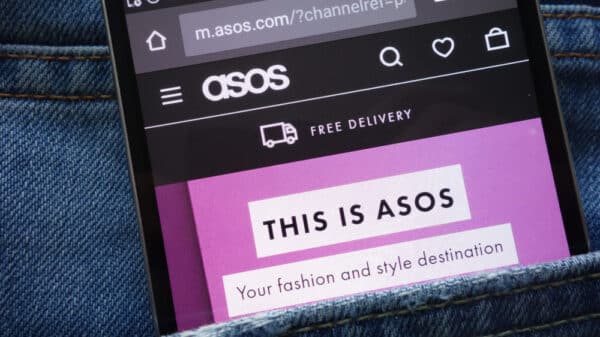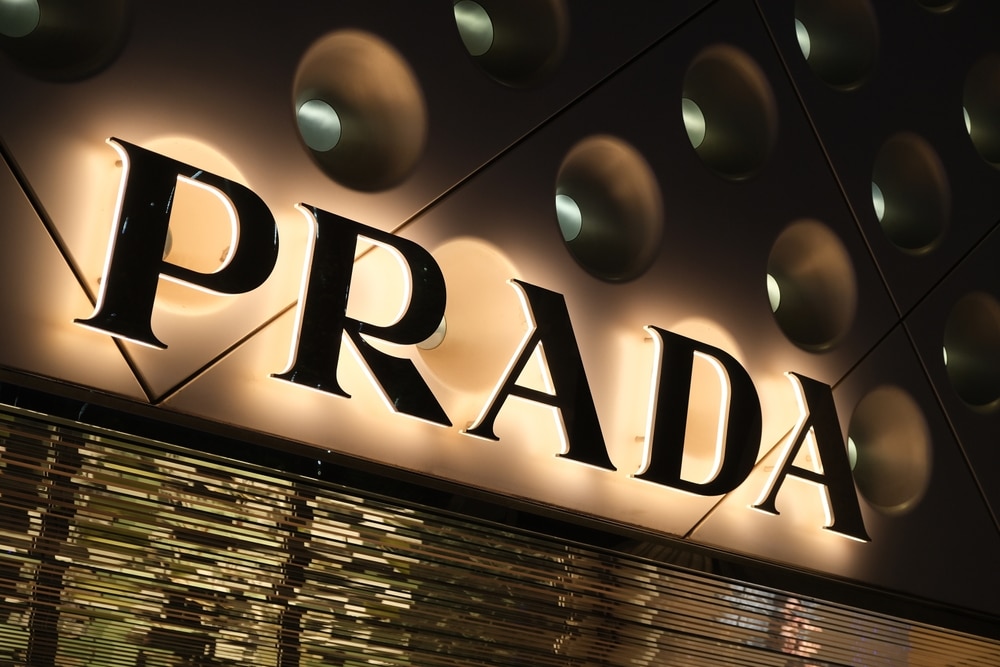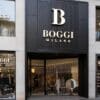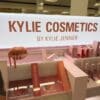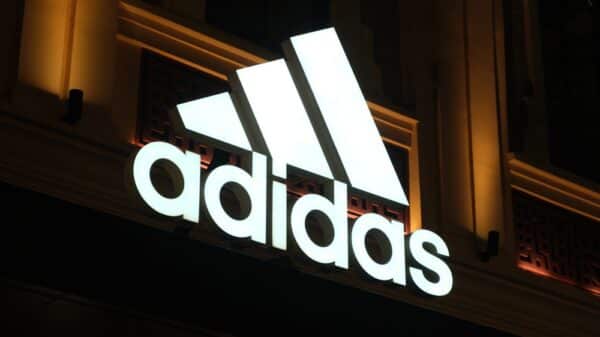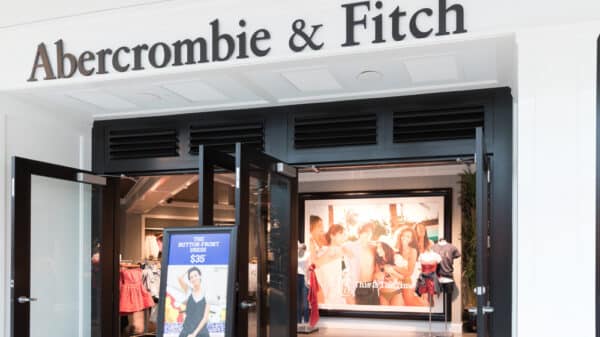Prada SpA has kicked off the year on a strong note, surpassing expectations in a luxury market that has seen its share of challenges. The company’s impressive performance has largely been driven by its youthful Miu Miu brand, which continues to resonate with consumers looking for modern and fresh designs.
In the most recent update, the Hong Kong-listed company reported a 13% increase in net revenue for the first quarter, measured at constant exchange rates. This result is slightly above what analysts had predicted. Miu Miu’s retail sales have seen a remarkable 60% year-over-year leap, indicating that young shoppers are not just buying into a brand; they’re buying into a lifestyle that embodies vibrant self-expression.
Admitting the current economic landscape isn’t easy, Prada remains committed to outperforming the luxury market in 2025 despite ongoing uncertainties, including global economic fluctuations and trade tensions, which have dampened overall demand for high-end goods. It’s worth noting that while Prada is navigating these challenges, its stock has taken a hit, down about 20% this year—a reminder that the high-end market can be unpredictable.
In stark contrast to Prada’s encouraging results, industry giant LVMH, known for its iconic Louis Vuitton label, reported sales that fell short of expectations amid waning demand in key markets like China and the U.S. Other luxurious names, such as Hermès and Gucci, are also facing difficulties, muddling through a slow start to the year without a clear path to revival.
Prada, on the other hand, is enjoying growth across various regions, with the Middle East and Japan proving to be particularly beneficial. This resilience provides a strong foundation for the company’s narrative in a sector where many are struggling.
In a bold strategic move for the brand, Prada recently announced its acquisition of Versace for around €1.25 billion (approximately $1.4 billion), marking the largest deal in its 112-year history. By adding Versace to its portfolio, Prada diversifies its offerings with a brand known for its distinct and theatrical aesthetic—an intriguing juxtaposition to its own classic and refined image. The market responded positively to this acquisition, but now all eyes are on Prada’s next steps: how it plans to invigorate and enhance the Versace brand while staying true to its own heritage.
This situation reflects the complexities and dynamics of the luxury market today—one where brands must continually innovate and adapt to shifting consumer preferences and economic landscapes. For Prada, the journey ahead is not merely about maintaining growth but repositioning itself as a leader that can navigate both uncertainties and opportunities in this ever-evolving space.
Image Source: Robert Way / Shutterstock








